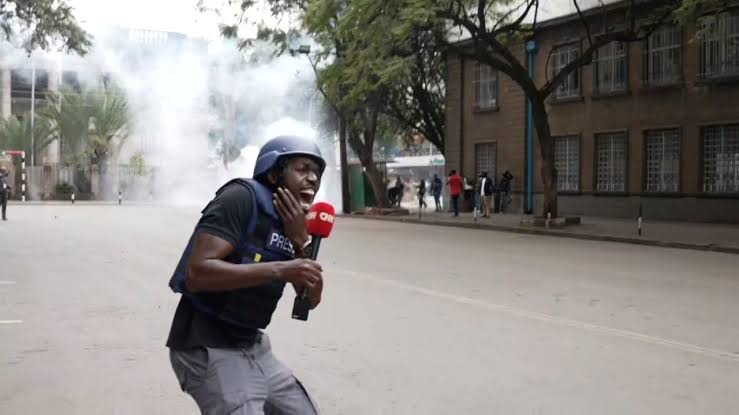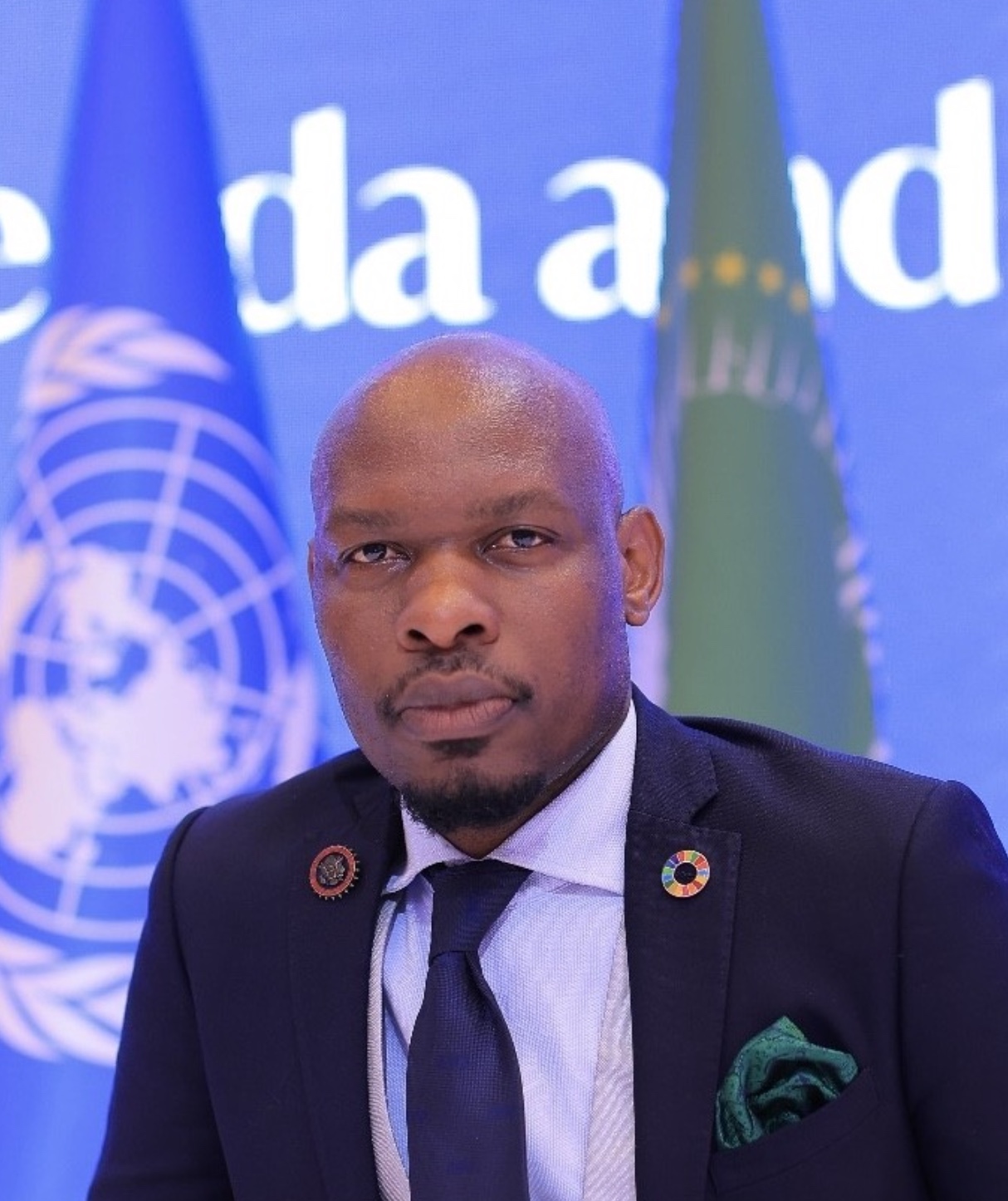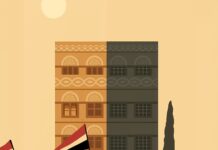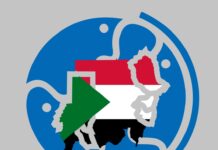On 25 June 2024, Kenyans filled the streets of Nairobi to mark the first anniversary of the Maandamano protests.
Less than two weeks later, on 7 July, the Saba Saba demonstrations echoed similar calls: to honour the more than 60 people killed in the 2024 Finance Bill riots and to demand action against human rights violations and inequality.
While Kenya’s Communication Authority ordered broadcasters to halt live coverage of these events, a move widely condemned as an attack on press freedom, CNN’s Larry Madowo stood at the heart of the demonstrations, capturing the moment for the world.
Defying the Clampdown
In situations where governments attempt to silence independent media, Madowo’s reporting serves as a reminder that free press is the cornerstone of democracy.
The CA’s directive violated Articles 33 and 34 of Kenya’s Constitution, undermining both digital civic spaces and media independence.
Madowo, a 38-year-old journalist from Siaya County and former BBC North America correspondent, defied these restrictions instead broadcasting live, interviewing protesters, and sharing verified updates across digital platforms. His reporting revealed the human toll of the Kenyan government’s crackdown:
Saba Saba (7 July): 300 wounded, 67 critically injured, and 10 killed following police and military crackdowns.
Without such coverage, the world might never have known these figures.
Courage in the Field
Madowo’s work extends beyond live TV. Using his social media accounts, he fact-checks misinformation and challenges official narratives.
In the case of Boniface Kariuki, killed during protests, police claimed he attacked a station. Madowo’s reporting revealed he had instead been selling masks to earn a living.
This blend of investigative rigour and digital engagement reflects the core values of journalism: truth, transparency, and accountability.

The Hazards of Journalism Today
Madowo’s courage comes with personal risk.
On 7 July, he reported an attempt on his life by alleged government-hired agents, as well as online calls for his arrest by pro-government voices.
His experience mirrors broader global challenges for journalists:
- Governments coercing reporters into becoming PR agents.
- Disinformation spreading through social media and even mainstream outlets.
- The rise of untrained “citizen journalists” fuelling fake news.
- Physical dangers: assaults, equipment confiscation, and online harassment.
In such an environment, Madowo’s work is both exceptional and essential.
Why Does It Matter?
By wearing a bulletproof vest in dangerous zones and amplifying marginalised voices, Madowo demonstrates that journalism’s purpose is to drive public discourse, hold power to account, and protect democratic freedoms.
Protecting journalists means protecting the public’s right to know. Governments, media houses, and civil society must:
1. Safeguard reporters from harassment and privacy breaches.
2. Maintain the independence of newsrooms from state and corporate capture.
3. Uphold ethical and professional standards to distinguish journalism from activism or paid influence.
In the end, there is no real democracy without a free press. Larry Madowo’s work during the Maandamano and Saba Saba protests stands as a powerful reminder: when truth is under siege, journalism must stand firm.
Keep up with Daily Euro Times for more updates!
Congo Crisis Escalates as M23 Eye Up More Territory
East African Rift: Europe’s New Fallout With Military Rulers
Uganda: A Safe Haven for Asylum or M23?






